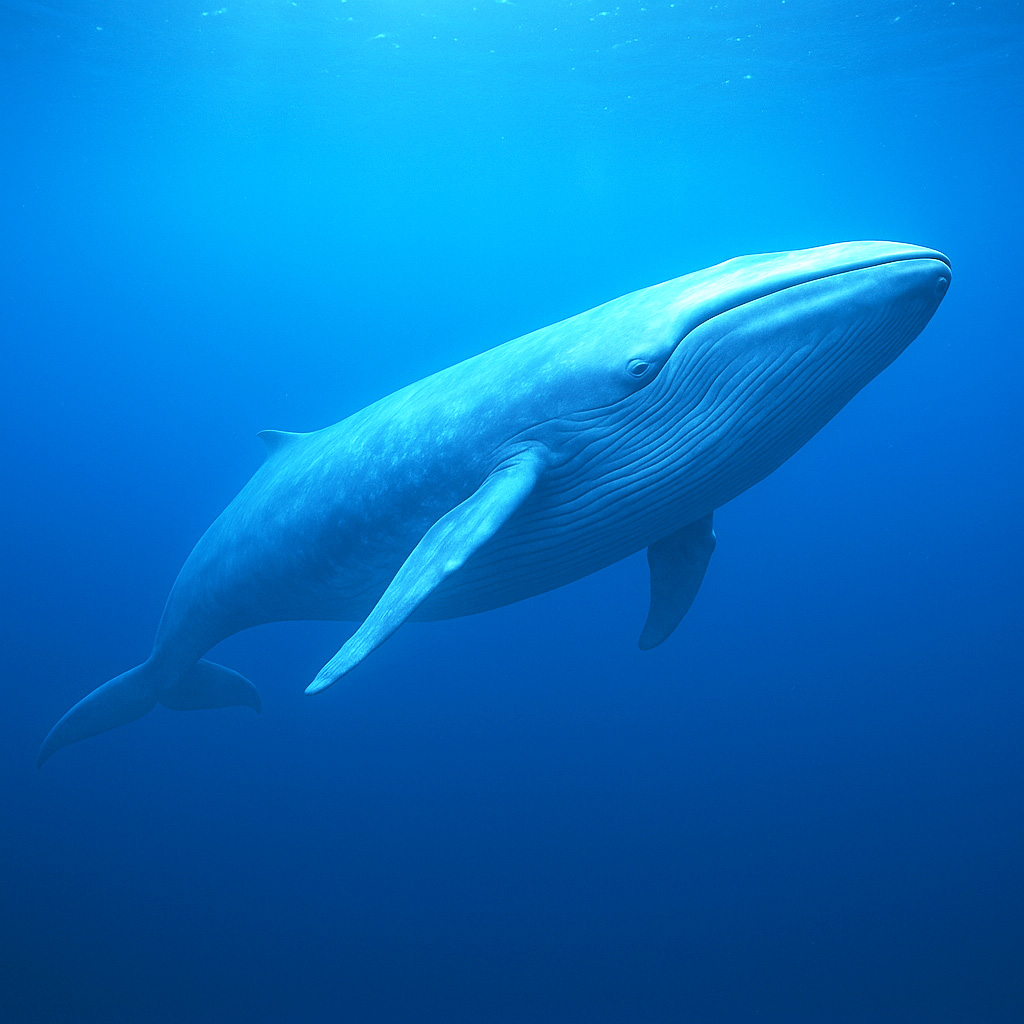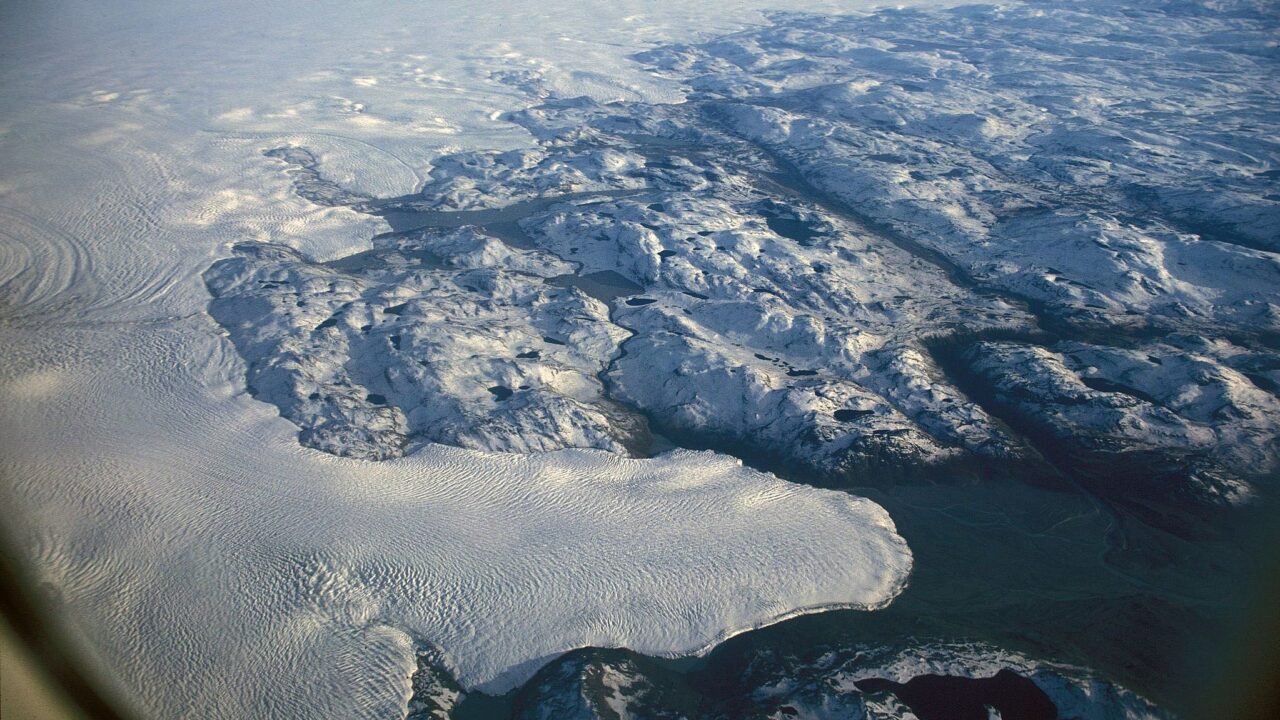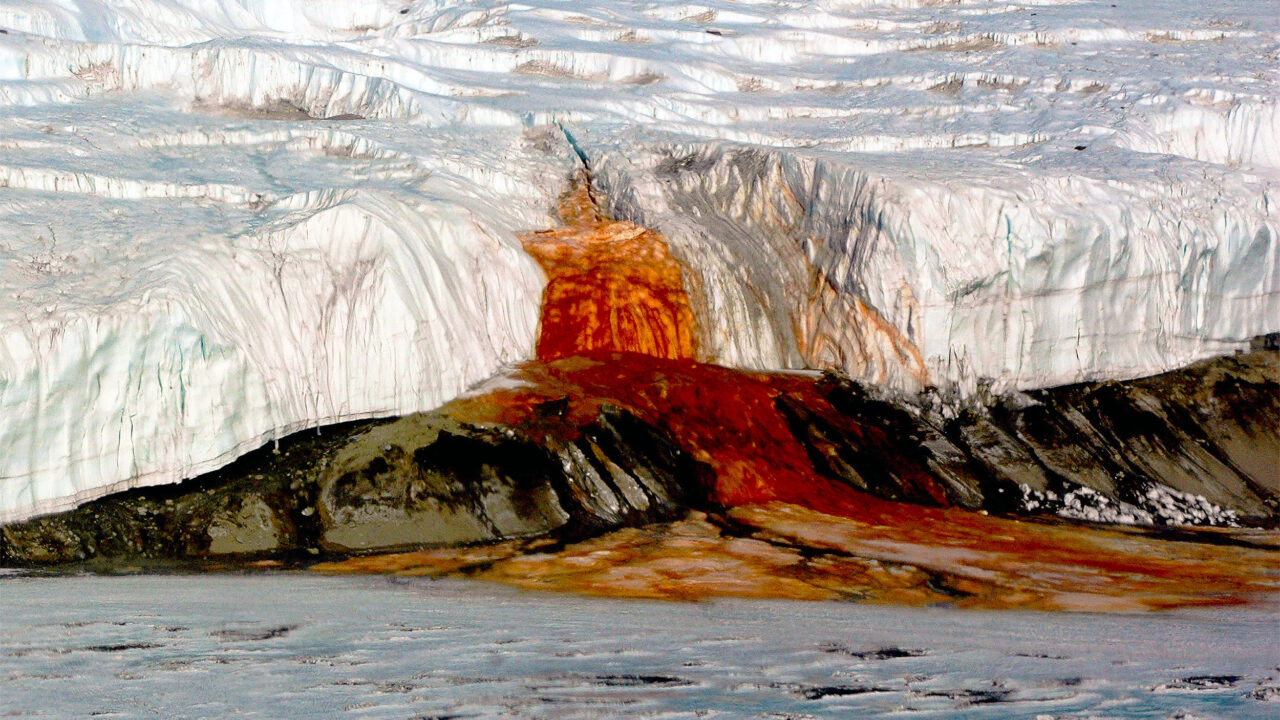When it comes to size and power, no creature on Earth compares to the Blue Whale, the largest animal ever known in the history of life on our planet. Bigger than any dinosaur, heavier than any land or sea predator, and longer than a basketball court, the Blue Whale is nature’s most extraordinary giant.
What Is the Largest Animal Ever
The Blue Whale (Balaenoptera musculus) is the largest animal ever recorded, living or extinct. These marine mammals can reach lengths of more than 100 feet and weigh as much as 200 tons. Their hearts are the size of small cars, and their tongues can weigh as much as an elephant.
Blue Whale Size and Weight
- Length: Up to 100 to 110 feet
- Weight: Up to 150 to 200 tons
- Heart size: About 400 pounds
- Tongue weight: Up to 3 tons
- Blowhole spray height: Up to 30 feet
No other known creature, including the largest dinosaurs, surpasses the Blue Whale in mass.
What Do Blue Whales Eat
Despite their enormous size, Blue Whales feed almost entirely on tiny shrimp like creatures called krill.
During peak feeding season, a single Blue Whale can consume:
- Up to 4 tons of krill per day
- Nearly 40 million krill in one feeding session
They use baleen plates to filter massive mouthfuls of water and trap krill inside.

Where Do Blue Whales Live
Blue Whales live in oceans all around the world. They migrate thousands of miles each year between feeding and breeding grounds. Common regions include:
- North Atlantic Ocean
- North Pacific Ocean
- Southern Ocean
- Eastern tropical Pacific
They often travel in deep offshore waters far from coastlines.
Behavior and Abilities
1. Powerful Swimmers
Blue Whales can reach speeds of 20 to 30 miles per hour during bursts.
2. Deep Divers
They can dive down to depths of more than 1,000 feet while searching for krill.
3. Loudest Animal on Earth
Blue Whales produce vocalizations that can reach 180 decibels, making them the loudest animals on the planet.
4. Long Lifespan
Many Blue Whales live 70 to 90 years, with some reaching over 100 years.
Why Blue Whales Are the Largest Animals Ever
Scientists believe Blue Whales evolved to such massive sizes because the ocean supports large body mass with buoyancy, and krill feeding offers a high energy reward that allows this scale of growth. Their size also provides protection from predators.
Threats to Blue Whales
Although protected today, Blue Whales still face several threats:
- Ship strikes
- Climate change
- Pollution
- Entanglement in fishing gear
- Declining prey availability
Conservation efforts continue worldwide to help populations recover.
Best Places to See Blue Whales
Some popular whale watching locations include:
- California coast
- Baja California
- Sri Lanka
- Iceland
- Chilean Patagonia
- Azores
Tours often peak during seasons when whales migrate near shore.
Conclusion
The Blue Whale is the largest animal ever to live on Earth, a remarkable marine giant with unmatched size, strength, and beauty. Its presence reminds us of the incredible diversity of life in our oceans and the need to protect these magnificent creatures for future generations.





